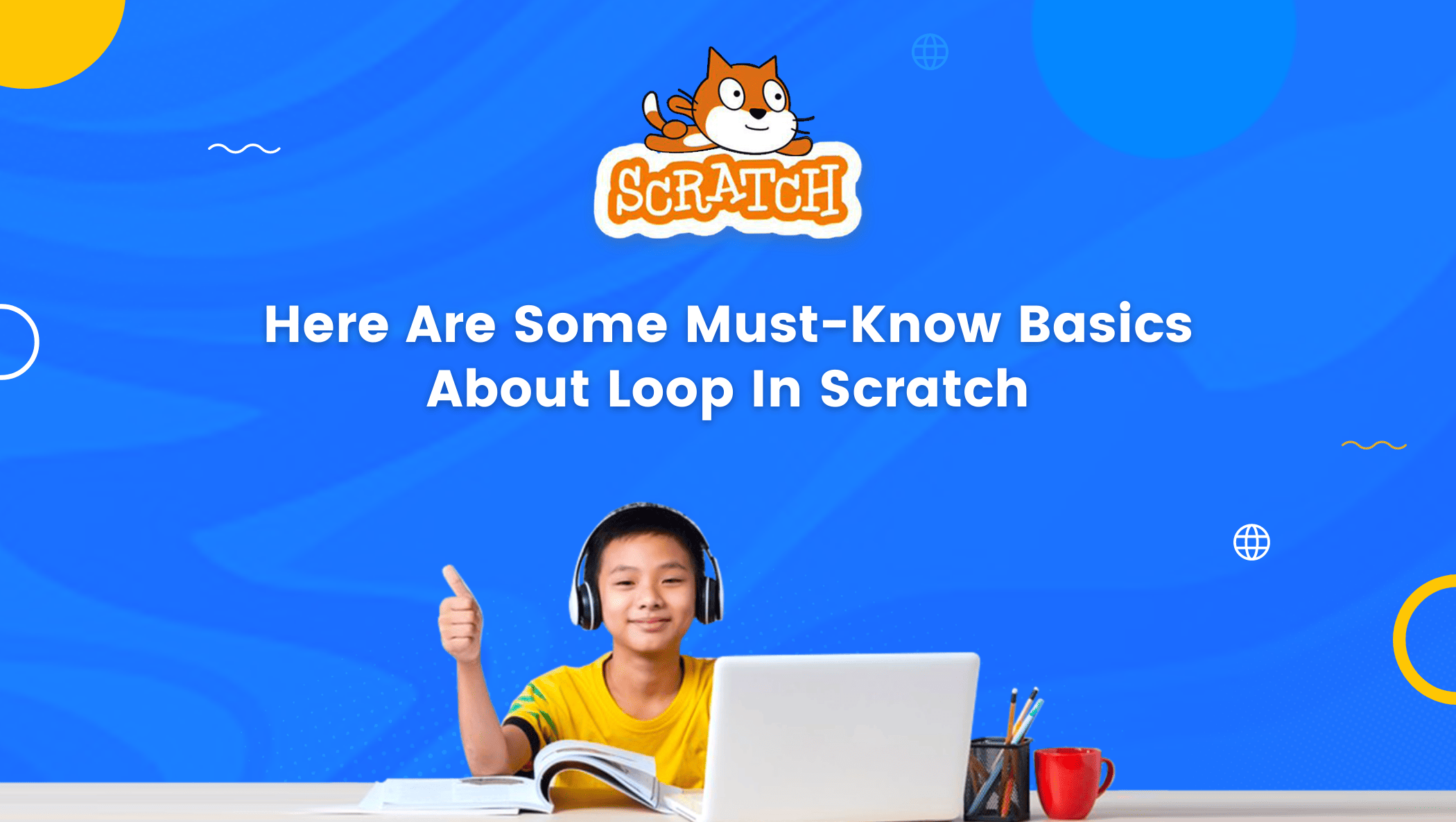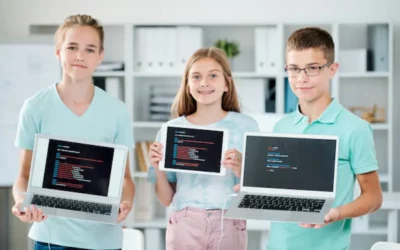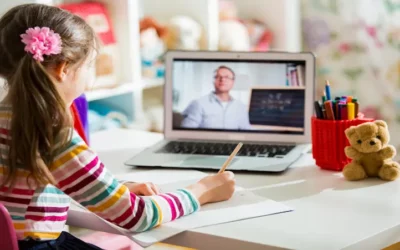Scratch is an interactive platform that engages in a visual programming language where users can create stories, animation, and games of interest.
Here, programming is taught from scratch, and it is specifically made so that kids can play with code-scrabble blocks to hone their logical abilities.
This is a platform where the algorithm adheres to the convergence of building up stories for allowing the space of their thinking potential to reach the next level of spectrum interactively, by the MIT professionals.
Programming Language used in the Scratch
Scratch has gone through a hierarchy in its application of languages.
It began with squeak (Scratch0.x, 1. x), was followed by ActionScript (Scratch2.0), and is now updated with JavaScript in Scratch 3.0.
The language was altered as the level of its version increased.
Although it is a visual block-based programming language, it offers all the essential tools needed in a programming language.
In this blog, we are going to talk about one of the most essential tools in computer programming which is the Loop.
All You Need To Know About Types of Loop In Scratch
1. Loop and Loop Statement
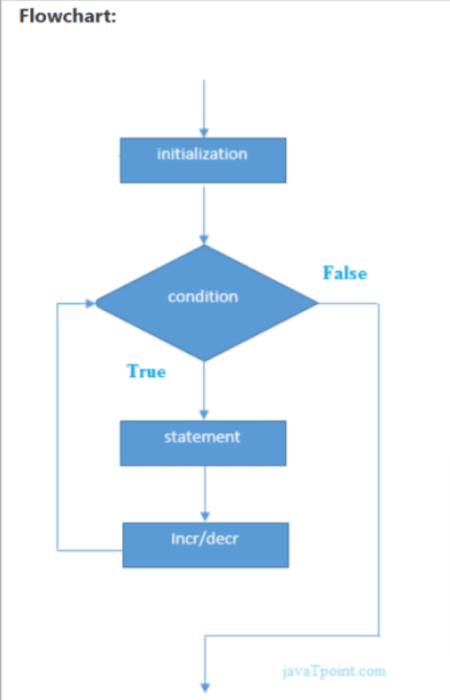
Loop: It involves a condition to repeat a task.
Loops are valuable tools for repeating an action within code and projects. There are three types of loops in the ‘Control’ section of block code: repeat x number of times, repeat until and repeat forever.
Each loop type serves a different purpose, and understanding what they do is essential when writing code.
Loop-Statement: A Loop statement involves a variable to initialize the condition and then use For, While, and/or If as required in the given flow to fulfil the requirement.
If the state is not consistent with the scenario, the variable skips out of the body of the loop, as shown in the figure aside, as the condition is met.
2. For, While, and Do-While Loop.
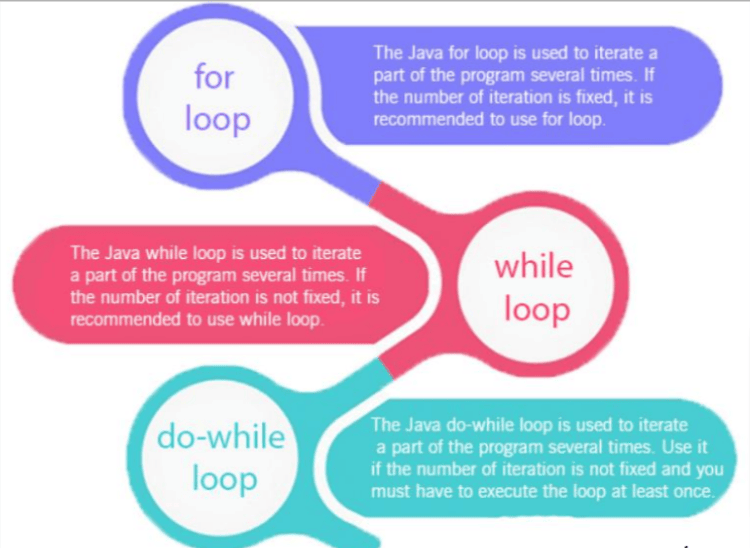
3. If and else Java-Loop Statement:
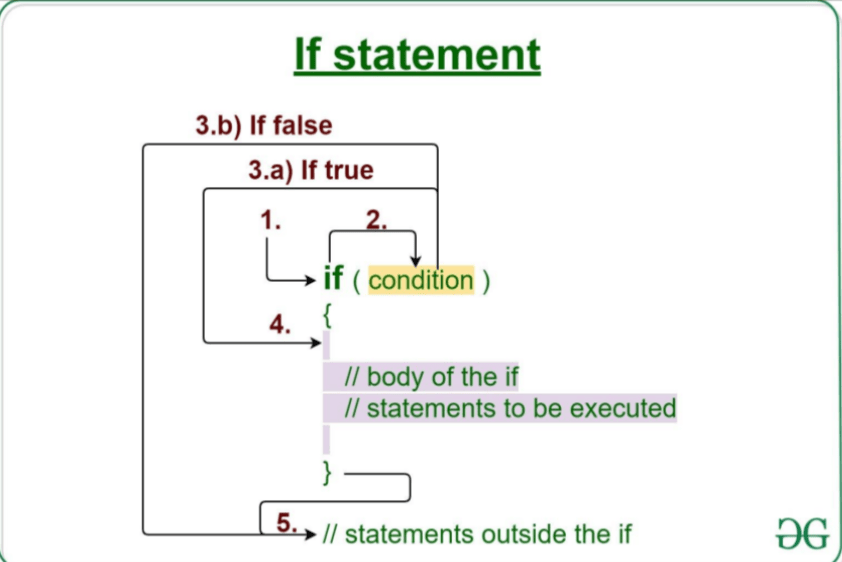
4. Breakable Loop:
Breakable Loop: The loop can be broken, a new state can be set afresh, or the programme can be finished once the condition’s goal has been reached. A breakable loop is one that can be broken. It involves a “break” when the aim is achieved.
Breakable Loop in Scratch: In the Scratch Platform, no “break” blocks exist. So to break from the repetition, we may use “end” or “stop all, stop all script and/or stop the script”.
This will assist the user in finishing the purpose and/or, completing the task.
Example of the breakable loop in Scratch:
There’s no “break out of the loop” block, but here’s an example script. If I want to stop the loop;.
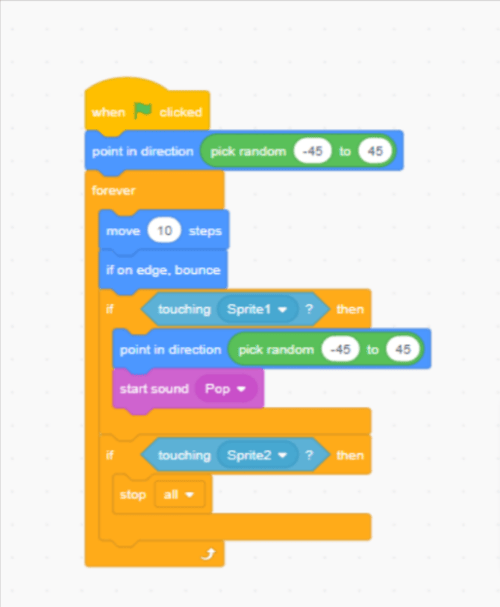
repeat until <touching [edge v] ?>
move (10) steps
play sound [meow v]
wait (1) secs //here
wait until <key [right arrow v] pressed?>
endand then end the loop by stopping it from repeating, I'd use
repeat until <touching [edge v] ?>
move (10) steps
play sound [meow v]
wait (1) secs
if <touching [edge v] ?> then //this
wait until <key [right arrow v] pressed?>
end
endhttps://scratch.mit.edu/discuss/m/topic/348878/
Live example of a breakable loop in Bouncing Ball Game is shown in the image below.
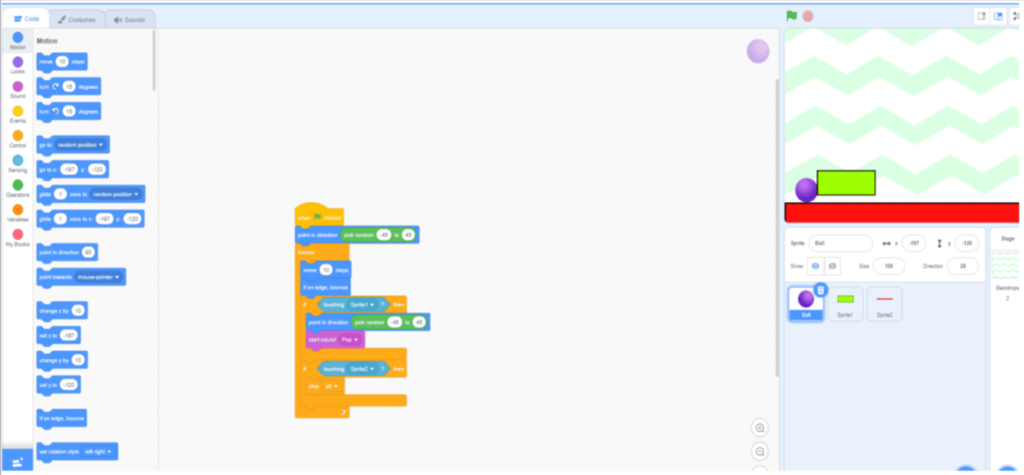
Conclusion
Scratch is one of the best platforms for anyone learning to code. With a simple block-based programming language, the platform teaches all the fundamental programming concepts.
It also gives users a lot of creative freedom to create all kinds of projects, animations, and games. Once a coder has mastered scratch, they can progress to other text-based coding languages.

Learn Scratch at BrightChamps with its specially designed curriculum that makes learning programming easy for students in Grade 1-12.
There are many kids coding languages to be learnt in a easy way.
BrightChamps also teaches a variety of other programs that help kids build a foundation in computer programming through activities, interactive lessons, and other means.
BrightChamps provides financial education for kids, equipping them with essential money management knowledge for a successful future.

